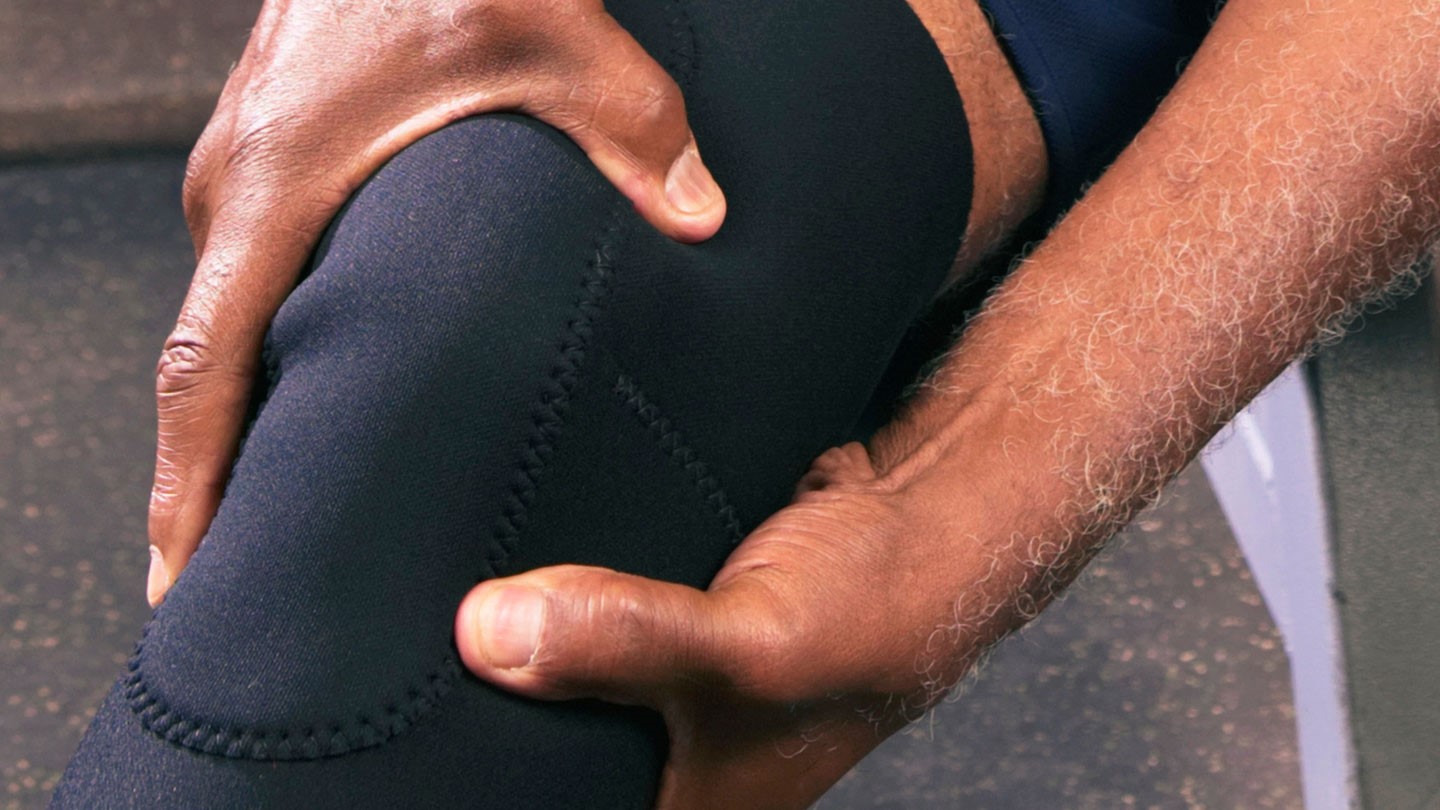How To Get Rid Of Little Knock knees?
Some children complain of tenderness or pain originating near the bottom part of their kneecap, and it may be from a condition called “Jumper’s Knee“. In most cases, younger children who are involved in sports that require them to run, jump or kick experience such pain. By performing these actions frequently, they become more susceptible to pain and discomfort in the tendon, which stretches over the kneecap’s front portion.
A disorder called the Sinding-Larsen-Johansson, which usually occurs during growth spurts, affect the growth center of the bone of the bottom end of the kneecap. With any disruptions in the developing bone located on this part, pain in the front portion of the knee may arise. However, this condition is only temporary, and it improves as people age. Doctors identify this knee problem in children through physical examination and analysis of the patient’s medical history.

The child’s activity level and age will also be assessed, and the doctor will examine the painful area by pressing on the patella and the patellar tendon to check any existing tenderness. Patients may also be asked to straighten their knee against resistance, which requires the quadriceps muscle to work and put more tension on the patellar tendon. When there is pain and discomfort experienced during this physical test, doctors can make a final diagnosis of Jumper’s Knee.
In case the Sinding-Larsen-Johansson disorder is suspected to be the cause of knee pain, an X-ray of the side parts of the knee will be taken. This will allow the doctor to look for small bone fragments where any tension in the patellar tendon have been affected by disruptions in the growth plate in the patella’s bottom tip. The X-ray also provides information about any roughness or calcification around the bottom part of the patella.
If the patient suffers from knee pain due to a fall or any other similar accidents, the doctor will require an X-ray of the painful part to check for fracture in the patella. There may also be instances when MRI scan will be needed to provide more details about the condition. This can help detect swelling, calcification, inflammation and injury within the patellar tendon.
how to fix knock knees in adults without surgery?
Patients who are diagnosed with Jumper’s Knee are advised not to participate in sports within a short period, so the inflammation and pain will subside. In the case of patients with Sinding-Larsen-Johansson disorder, nonsurgical treatment is often required. This means, it only takes some time for the symptoms to subside and go away completely.
Swelling of the knee is reduced by taking anti-inflammatory medications. Doctors may also recommend the use of knee sleeves and straps to manage pain. For those who experience severe knee pains, they may be advised to work with a physical therapist for support and total recovery. Physical therapists apply a wide variety of treatment options to control pain and inflammation of the knee. These include the application of heat or ice, a series of posture exercises, and the use of special shoe inserts that can correct altered posture.

The main purpose of nonsurgical rehabilitation is to minimize inflammation and pain, as well as to manage Jumper’s Knee symptoms. With regular therapy sessions and strict adherence to the doctor’s prescription, children who suffer from knee pain will be able to overcome this painful condition and get back to their normal activities.



